Karen Hamaker-Zondag - The Yod Book: Including a Complete Discussion of Unaspected Planets
Here you can read online Karen Hamaker-Zondag - The Yod Book: Including a Complete Discussion of Unaspected Planets full text of the book (entire story) in english for free. Download pdf and epub, get meaning, cover and reviews about this ebook. year: 2000, publisher: Red Wheel Weiser, genre: Home and family. Description of the work, (preface) as well as reviews are available. Best literature library LitArk.com created for fans of good reading and offers a wide selection of genres:
Romance novel
Science fiction
Adventure
Detective
Science
History
Home and family
Prose
Art
Politics
Computer
Non-fiction
Religion
Business
Children
Humor
Choose a favorite category and find really read worthwhile books. Enjoy immersion in the world of imagination, feel the emotions of the characters or learn something new for yourself, make an fascinating discovery.
- Book:The Yod Book: Including a Complete Discussion of Unaspected Planets
- Author:
- Publisher:Red Wheel Weiser
- Genre:
- Year:2000
- Rating:3 / 5
- Favourites:Add to favourites
- Your mark:
The Yod Book: Including a Complete Discussion of Unaspected Planets: summary, description and annotation
We offer to read an annotation, description, summary or preface (depends on what the author of the book "The Yod Book: Including a Complete Discussion of Unaspected Planets" wrote himself). If you haven't found the necessary information about the book — write in the comments, we will try to find it.
A yod is formed when two planets that are sextile also form an inconjunct to another planet. These planets are in different signs and modes and are deeply significant, for they usually symbolize patterns in families that have lasted for generations. This is what Hamaker-Zondag discovered when she started to research the inconjunct aspect as it related to a yod. Also included in this book is a complete discussion of how the energies of unaspected planets, and planets in duet (that only aspect each other) are expressed in a persons birth chart. Hamaker-Zondag says that people with a yod are often insecure, or have trouble expressing themselves, and there is an emphasis on stalemates or unusual situations. She analyzes the background and places it in a broader perspective, including how she works with elements, modes, orbs, and other astrological factors when interpreting this aspect. All in all, this is one of the most exciting books on aspect interpretation published in recent years!
Included are great case histories: you have a chance to examine the Monica Lewinsky, Linda Tripp, Kenneth Starr, Bill Clinton scenario and see it with new eyes. And Princess Diana, Prince Charles, and Prince William are not without these family patterns. The stories are profound. These aspects work in the lives of people who change the world, people who have lived the unpopular position of stalemate, delay, and social change indicated by the presence of a yod in their natal chart, by transit, or by progression. She uses the examples of Gandhi, Vaclav Havel, Khomeini, Solzhenitsyn, Willy Brandt, C. G. Jung, Jim Jones, and others. To help you work with your own clients, Hamaker-Zondag brings in the charts of her personal clients and explains them in depth.
When youve read this book, youll want to check out the charts of everyone you know!
Karen Hamaker-Zondag: author's other books
Who wrote The Yod Book: Including a Complete Discussion of Unaspected Planets? Find out the surname, the name of the author of the book and a list of all author's works by series.

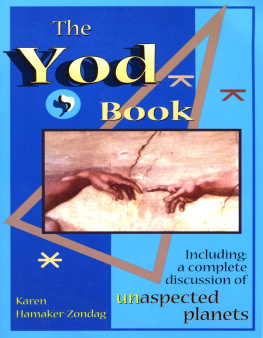

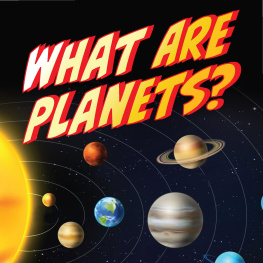
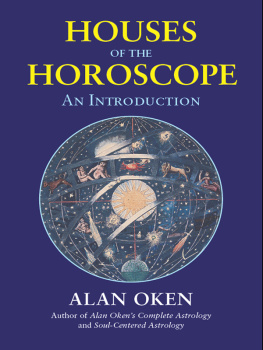


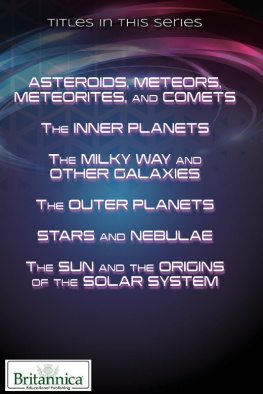
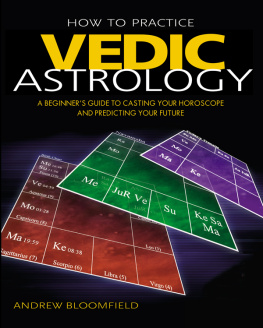
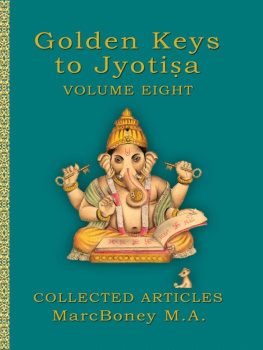
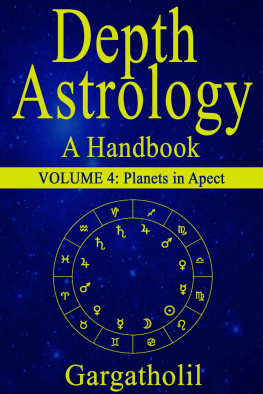
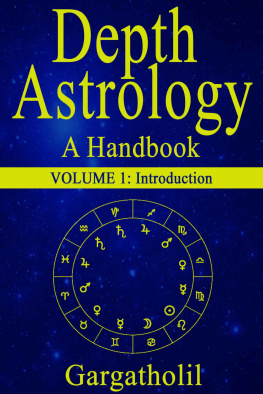
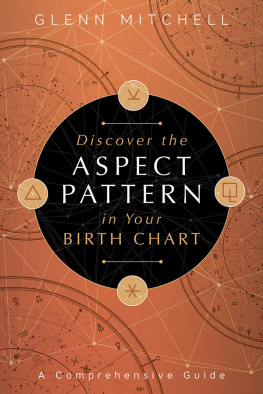


 jod = hand.]
jod = hand.]